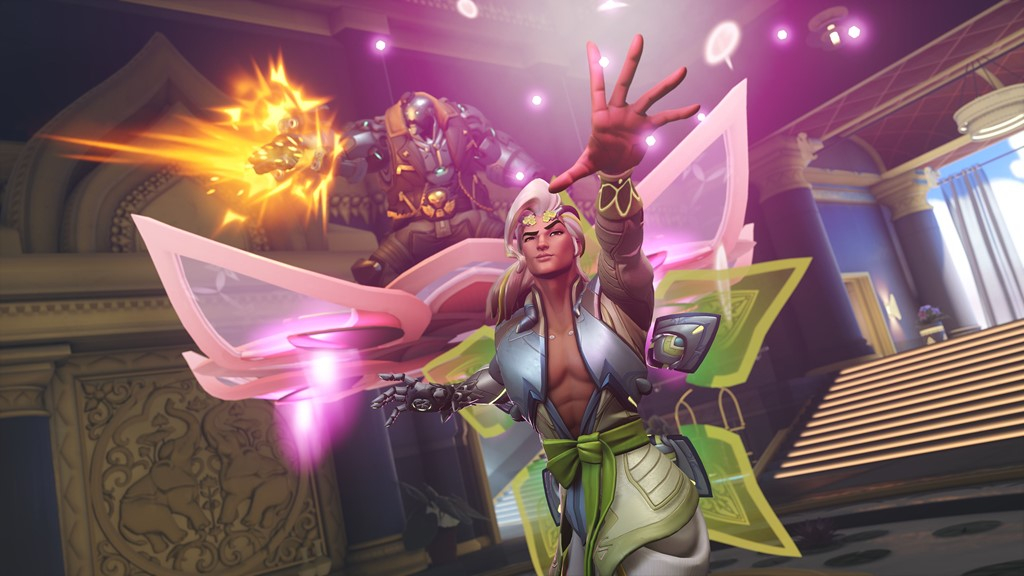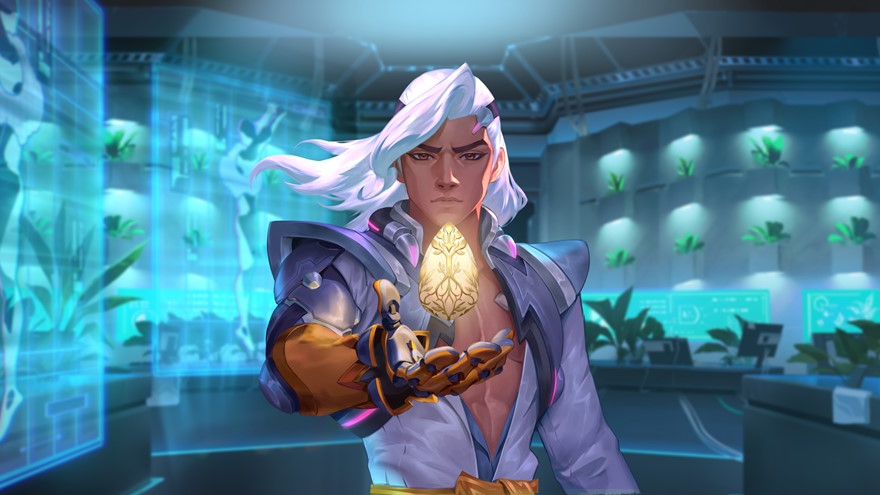Overwatch 2’s Lifeweaver is a brilliant hero, but he’s not made for mere mortals
Friendly fire

Overwatch 2 Season 4 has been highly anticipated by many for its new Battle Pass theme, event challenges and, most importantly, new support hero Lifeweaver. However, for mere mortals or those who don’t play in groups, Lifeweaver may be more of a curse than a blessing.
Lifeweaver’s abilities bring whole new ways strategize in Overwatch 2. While he is scheduled to have a day-one healing buff, this support hero still trades healing output for critical strategy and communication benefits. Therefore, this character will support his team in a different way than many of the other healers currently on offer.
The best way Lifeweaver can support his fellow team members is to magnify their powers with his own abilities. Instead of aiming for high healing output like traditional support heroes such as Ana and Mercy, Lifeweaver can use his skills to make his teammates more deadly. Whether this is using his Petal Platform to give the high ground to an Ulting Cassidy or using Life Grip to turn Pharah’s and Reaper’s ultimates into a carpet bombing campaign, Lifeweaver is at his absolute best when he communicates and strategizes with his team to get the most out of their abilities.
Supports or healers?

Overwatch 2 Season 4 sees some new changes to Competitive and Quick Play, with Lifeweaver signalling a new age of team fights and compositions for the co-op FPS title. Perhaps the greatest imminent change, however, is how the support class is perceived and used.
In the lower tiers, the critical role of a support hero is to simply deal the most healing output; this is how you win matches and significantly help your team. However, as you climb the rankings, the support class becomes more complex.
Timing and communication is the key to any good support player, and heroes like Brigitte, Baptiste, and now Lifeweaver exemplify this. If you time it right, Brigitte can stop a charging Reinhardt, Baptiste can completely negate a D.Va ultimate, and Lifeweaver can nullify an ulting Orisa, Bastion, or Pharah. You still support your team, just in a different way.
However, changing how you support your team doesn’t mean you can completely forget about healing. In fact, your job becomes more complicated the higher you climb, as you’re expected to deal a high healing output while strategizing and negating disasters before they happen.
Sign up for breaking news, reviews, opinion, top tech deals, and more.
Please talk to me

Unfortunately, despite knowing your role as a support hero, one massive obstacle can prevent players from getting the most out of their support hero: Overwatch 2 still expects too much communication and cooperation from strangers.
I used to play quite a lot of Overwatch by myself, and it was hellish. Without proper communication with your team, a support role is made infinitely more complicated, so much so that you usually find yourself constrained to focusing solely on healing output instead of helping your teammates maximize lethality.
Thanks to the lack of consistent communication available in Overwatch 2, the support class is the most challenging class to master
For this reason, I don’t solo queue Overwatch 2 anymore, and I would also recommend that if you want to play Lifeweaver seriously, you should do so within a 5-stack team. If you want to get the most out of this character, talking with teammates, organizing when to push and withdraw, and focusing on seizing high ground will require serious communication and cooperation. Sadly, it looks like the quick-select in-game voice prompts won’t cut it this time.
Thanks to the lack of consistent communication available in Overwatch 2, the support class is the most challenging class to master, but Godspeed to all my fellow support players out there who try regardless. My heart goes out to all the Anas that bear the weight of sleeping the nano’d Genji, to the Moiras waiting to Fade out of a Reinhardt’s Earthshatter so they can solo heal their stunned team, and to the Kirikos who are anxiously sitting on their Protection Suzu waiting for the inevitable Junkrat Tire to come to find them. It may not be much, but it’s honest work.

Elie is a Features Writer for TechRadar Gaming, here to write about anything new or slightly weird. Before writing for TRG, Elie studied for a Masters at Cardiff University JOMEC in International Journalism and Documentaries – spending their free time filming short docs or editing the gaming section for their student publications.
Elie’s first step into gaming was through Pokémon but they've taken the natural next step in the horror genre. Any and every game that would keep you up at night is on their list to play - despite the fact that one of Elie’s biggest fears is being chased.